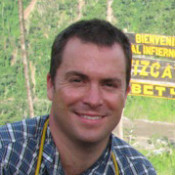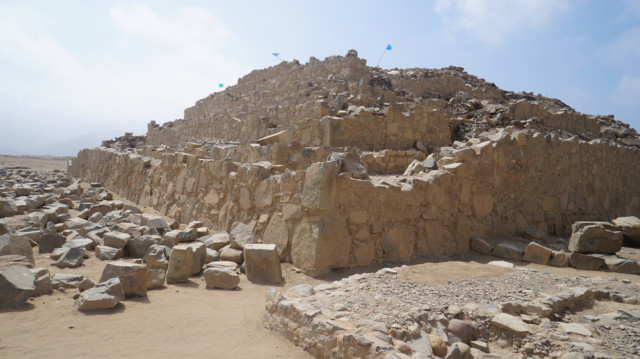A team of archaeologists and officials in Peru are behind a drive to protect the country’s ancient ruins, amid concerns that many are under threat from urban development.
CGTN’s Dan Collyns reports.
Archaeological sites are common in Peru’s sprawling capital. In Lima, and on its outskirts, people live side-by-side with a past they often know little about.
Peru has tens of thousands of historical sites, popularly known as “huacas.”
As the city continues to grow upwards, huacas stand out as islands of tranquility, and as a reminder of Peru’s pre-Hispanic past. But as real estate prices rise, they too must compete for space.
From the top of the San Mateo huaca, a once sacred site dating back a thousand years, there’s a commanding view of not just the larger city, but also some of the high-rise buildings clashing with the monumental character of the mud-brick temple.
“The city is still growing with its back to its archaeological heritage, as if it is something that runs against modernity or the growth of the city,” according to archaeologist Pedro Espinoza. “But in fact, we can harmonize the two in a way that is beneficial for everyone.”
Espinoza and others hope they can bring about change with a new campaign offering free admission to museums and archaeological sites, of which Lima has more than any other city in Latin America. And there are issues besides just the sheer number of sites that must be handled.
“We are not just talking about a very high number of sites, but places which have had problems with squatter invasions going back many years.”
Mateo Salado was once inhabited by more than 50 families, but now just eleven remain.
And while Lima’s battle over land continues, little by little, the capital is winning back control of its spectacular past.
 CGTN America
CGTN America
 Photo by Erika Vicente/Pixabay.
Photo by Erika Vicente/Pixabay.
